Ruderal Futures
Curated by Alex Young
11 March - 30 April 2022
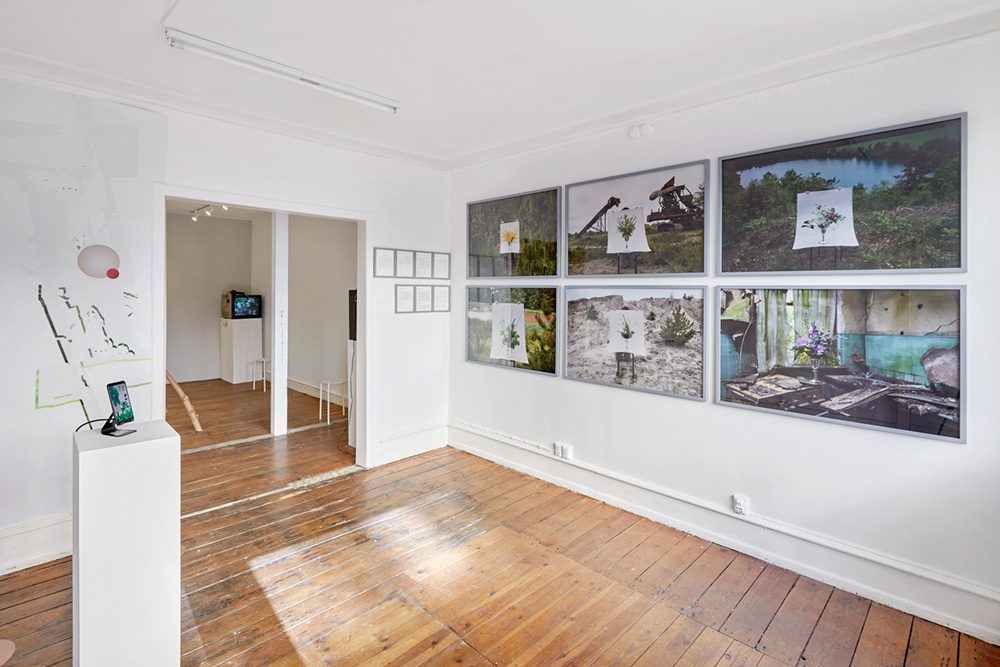
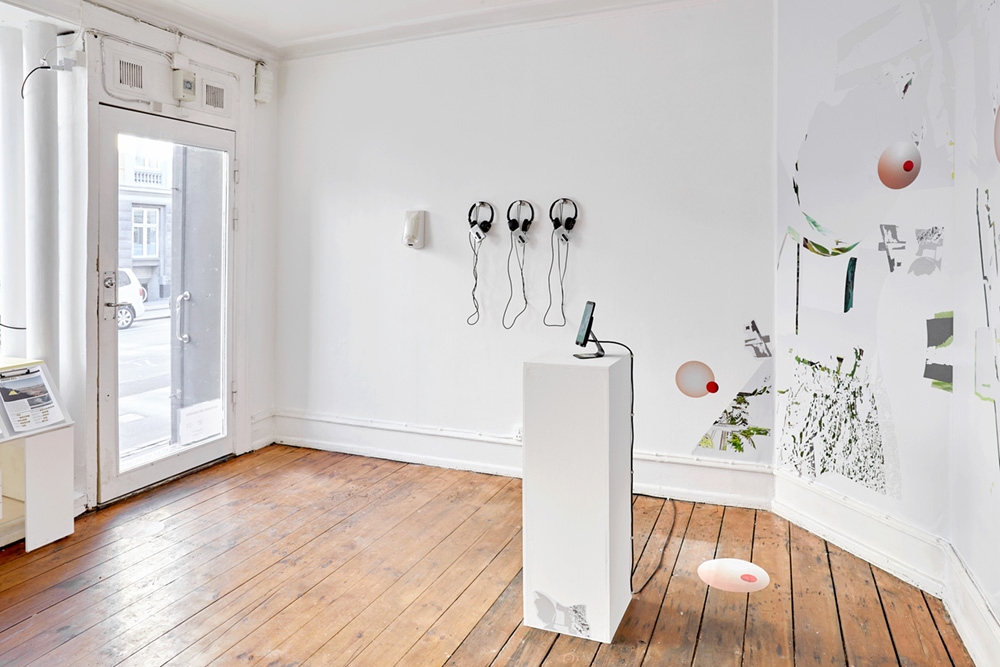
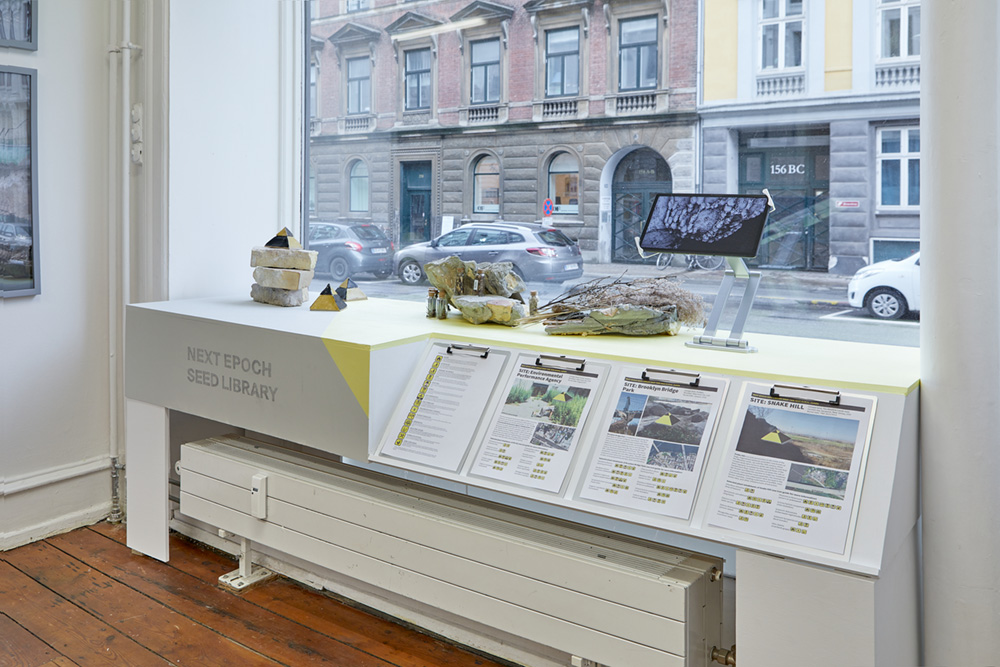
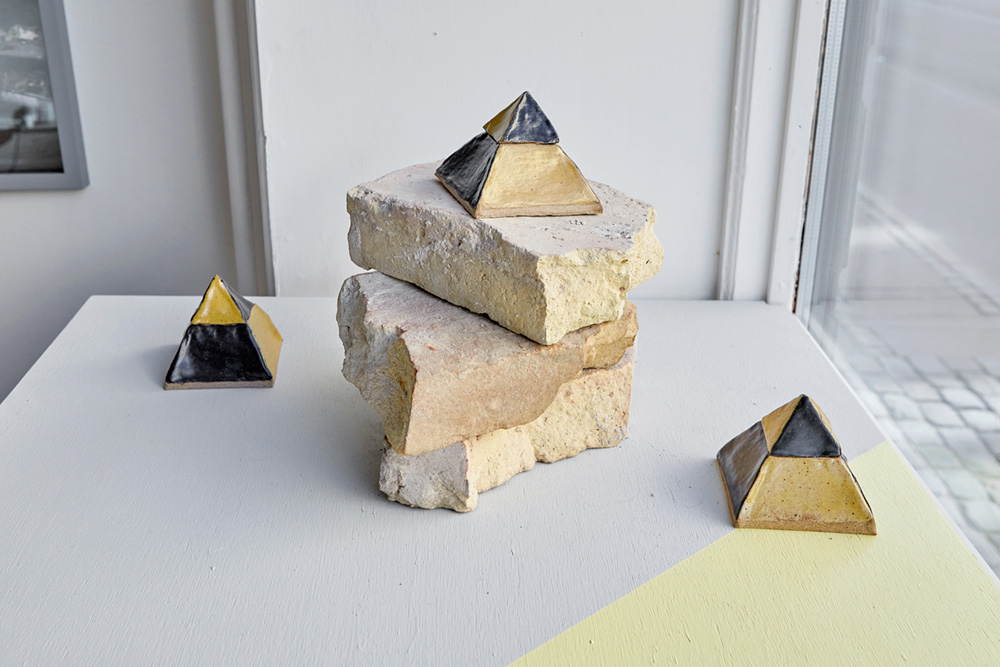
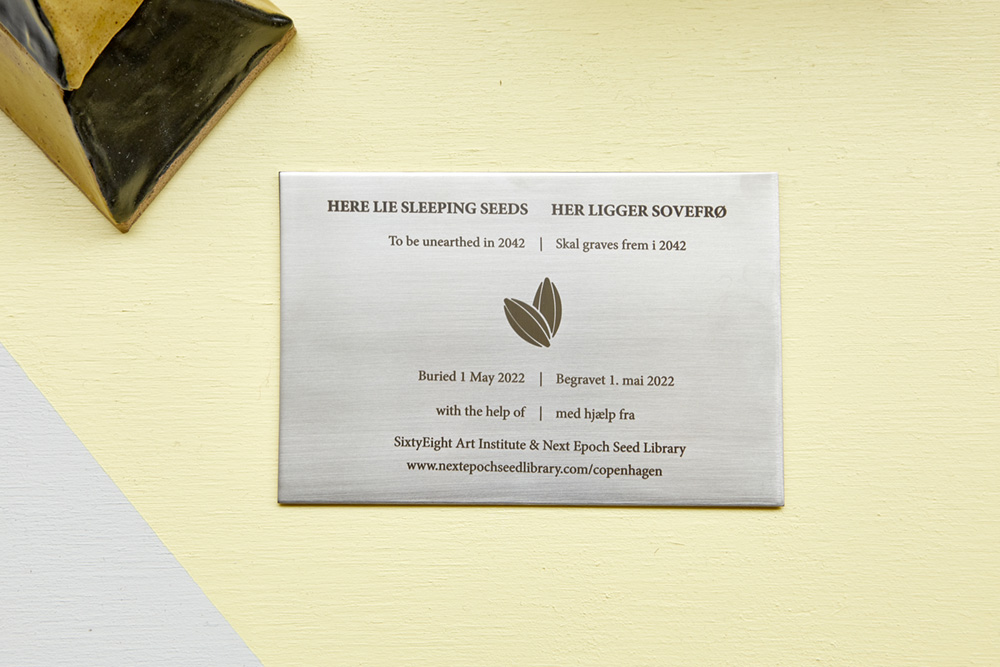
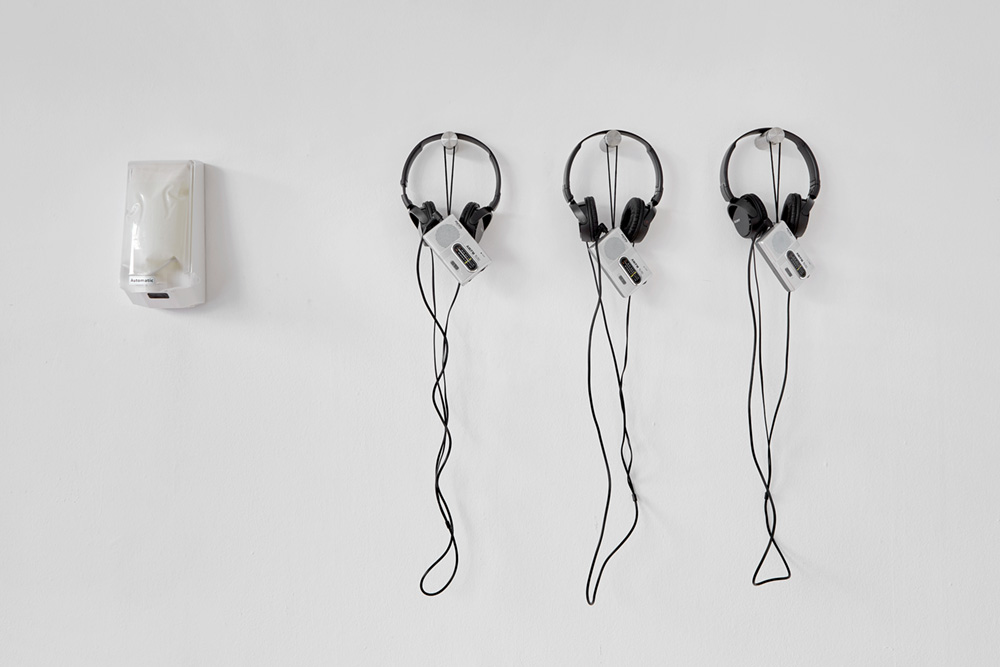
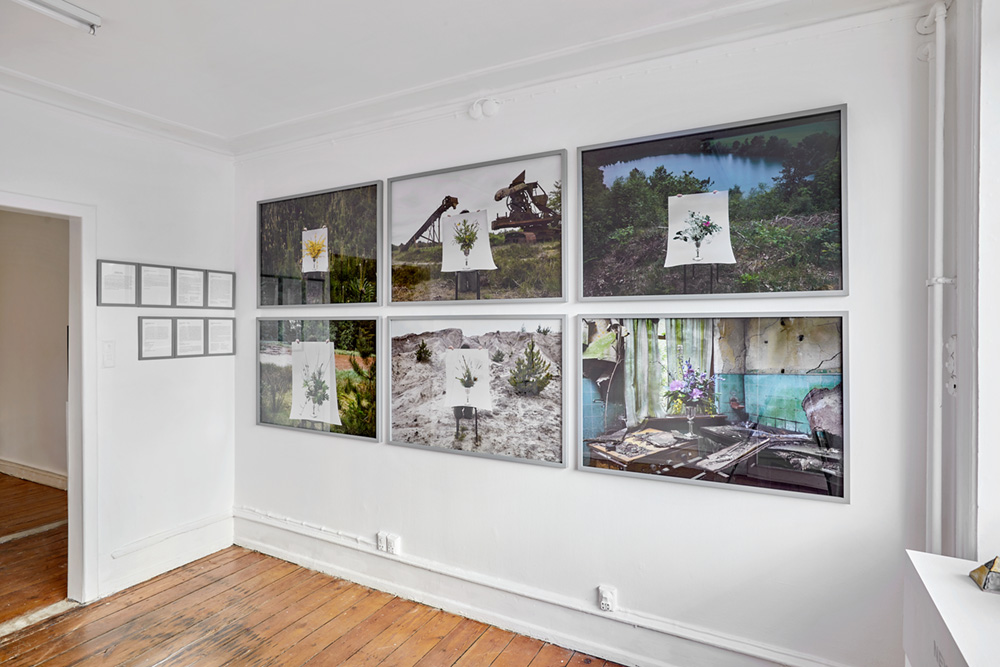
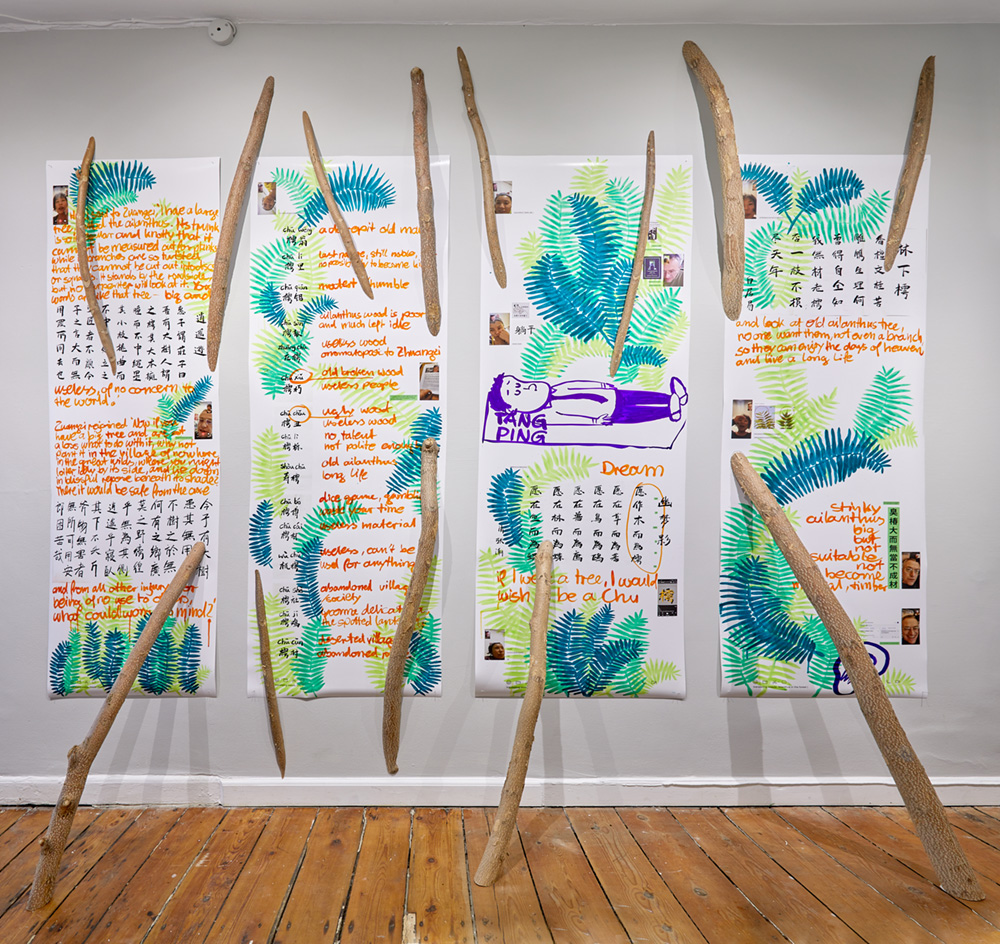
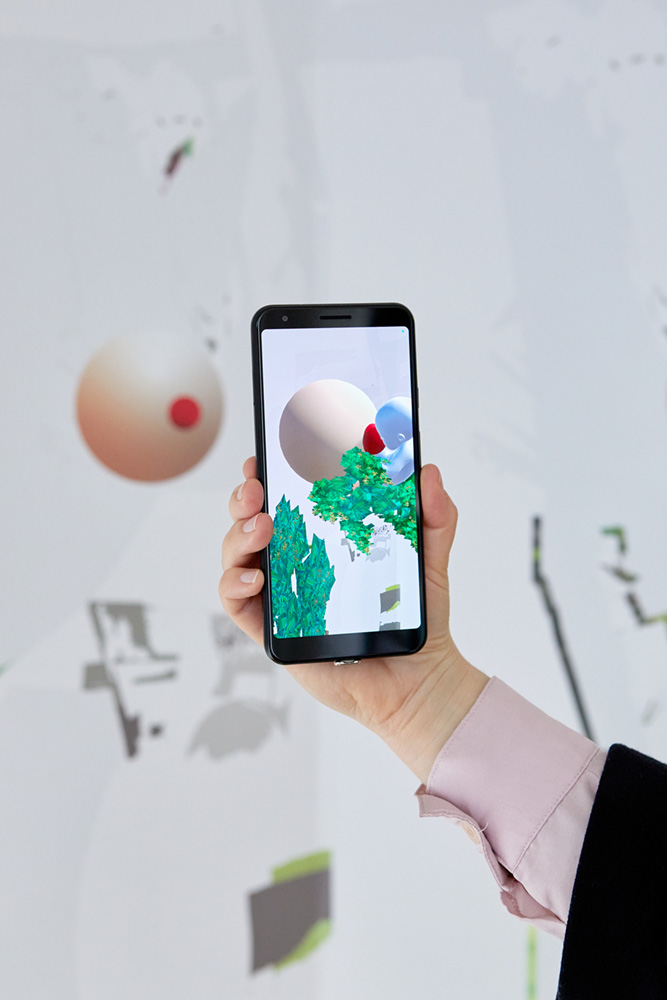
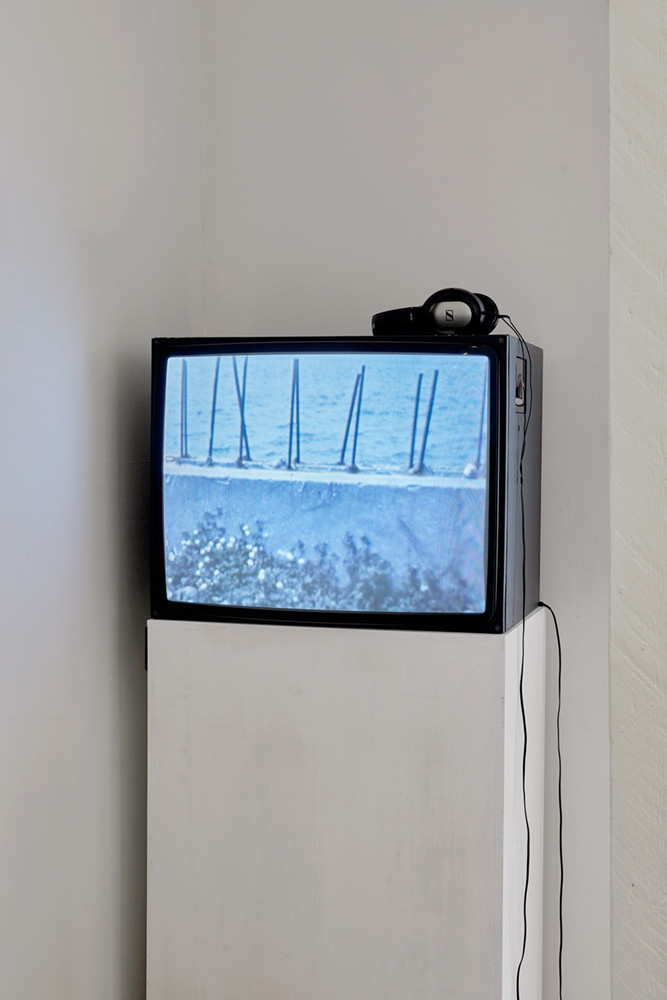
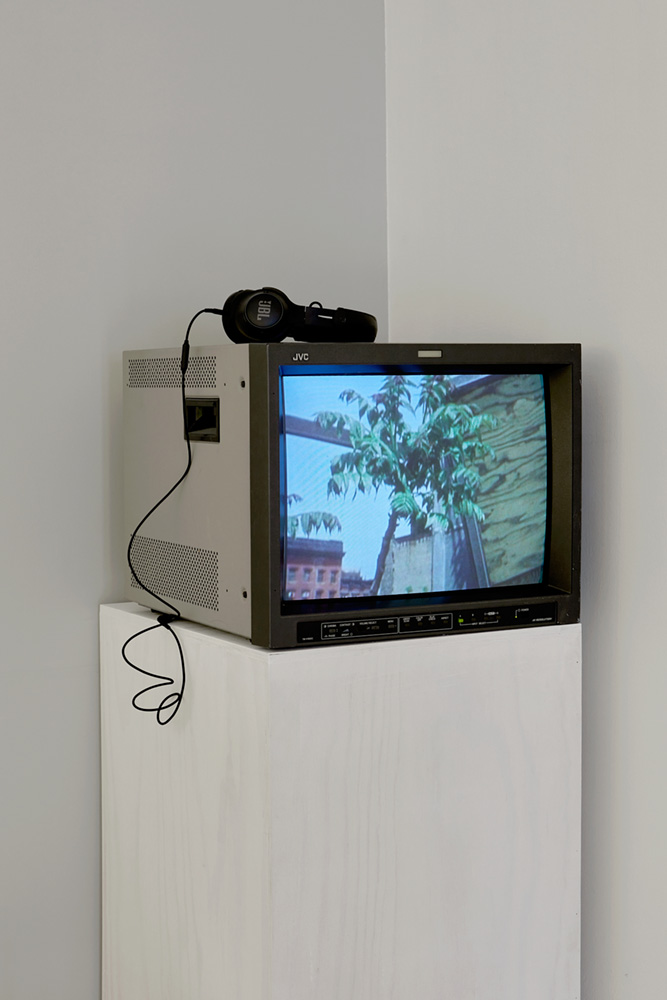
Ruderal Futures is an ongoing research project that articulates a manifest proposition: inherited world systems – of colonial biopower, of capitalism, of modernity – can, will, and are ending. Subsequently, from the weeds of their ruin, a new more-than-human collective ‘we’ might emerge enriched.
Adapted from urban ecology, the word ‘ruderal’ refers to plants and other life-forms that populate environments disturbed by natural phenomena and human activity. However, more broadly, the ruderal exists both within and beyond the forces of state planning and capitalism’s project of organising nature, simultaneously holding a mirror to dominant systems while pointing towards forms of resistance and utopian otherness. By order of magnitude, it is less a product of human relations with their environment than the profound alteration of the earth’s surface that results from the hierarchical systems exceeding the agency of individuals and multitudes alike. Here, the ruderal emerges as a distinct minor territory and incidental model for futurity, gleaned from the wilful omission of a holistic conception of multispecies collaboration.
This exhibition evolves from an open-ended milieu of artist-researchers engaged with ruderal ecologies, who are here gathered to address the potential of weedy others as co-creators of alter-worlds of abundance. Using this platform, their contributions evoke plausible worlds of nonhierarchical kinship from the aftermath of both historic and ongoing colonial violence and capitalist anthropogenic land use. In this sense, Ruderal Futures presents a constellation of research-based practices assembled as an anarchive of intersecting citational affinities. Together, this exhibition unfolds in a form of space and time travel, where past, present, and future encounters – once dispersed over vast terrestrial divides – coalesce into this auspicious site of germination.
For SixtyEight Art Institute, works by Camilla Berner, Andrea Callard, Lindsey french, Yvette Granata, Next Epoch Seed Library, and Shuling Yuan and Ingo Vetter span over three continents and nearly five decades–from the 1970s to today. Each artist employs means of ruderal sensing in active examination of the heterogeneity of urban life. Their contributions present creative registers or proposals addressing countless entanglements between both human and other-than-human actors. The resultant projects materialise in practices of care, receptivity, and awareness toward subaltern spaces, species, and subjectivities that reside in the margins of authority and prevailing rigid disciplinary interests. Adopting diverse media and methods of social and ecological analysis, the artists presented here are united in genuine post-disciplinary and post-medium processes of interrelation.
Via these approaches, the artists in Ruderal Futures move on from narratives of scarcity, utility, productivity, and growth that shape extractive means of tapping environmental surroundings as resources. In doing so, they expose modes of being-with-the-world that are efflorescing out of the complex and contaminated gardens of these alien commons.
Bios
Camiila Berner (b. 1972) is a Danish artist based in Copenhagen with a BFA from Chelsea College of Art and Design in London. Her work derives from a research driven approach examining the interconnectedness and interaction between people and their surroundings, looking into the history of plants and landscapes and the ways in which our stories about nature and culture are being constructed.
www.camillaberner.dk
Andrea Callard (b. 1950) is a collage maker working in film, video, and sound as well as photography, installation, and drawing. Her early work looked at nature in the city; ideas about landscape and how we live in a landscape continue to be a central preoccupation.
www.andreacallard.com
Lindsey french (b. 1986) is an American artist newly based in the prairie landscape of Treaty 4 territory in Canada, there teaching Creative Technologies at the University of Regina. With a BA from Hampshire College and an MFA from the School of the Art Institute of Chicago, french engages in practices of receptivity and multi-sensory and multispecies signalling.
www.lindseyfrench.com
Yvette Granata (b. 1982) is an artist based in Detroit. She works across multiple media, creating immersive installations, video art, VR films, and hypothetical technological systems. Her work focuses on digital media culture, mediated bodies, fembot minds, dystopias, and cyberfeminist interventions.
www.superreal.me
The Next Epoch Seed Library (NESL) is an artist-run seed saving project focused on weedy, spontaneous, and adaptable plants that thrive in disturbed habitats. It was founded in 2015 by artists Ellie Irons (b. 1981) – based in Troy, NY, United States – and Anne Percoco (b. 1982) – based in Jersey City, NJ, United States. From workshops and seed-swaps to public sculptures and exhibitions, the project takes a range of forms to draw connections between local habitats and the role of resource extraction, commodification, and climate change in the struggles and successes of weedy vegetal beings and the humans with whom they cohabitate.
www.nextepochseedlibrary.com
Ingo Vetter (b. 1968) is a German artist and professor of sculpture at University of the Arts Bremen. He exhibits internationally and often collaborates with other artists, resulting in long term engagements like the Detroit Tree of Heaven Woodshop (since 2005) or a constantly moving public park in Kiruna, location of the largest underground iron ore mine and the northernmost city in Sweden (2011-2018).
www.ingovetter.com
袁淑玲 Shuling Yuan (b. 1987) is a Chinese artist based in Guangzhou with an MA from Guangzhou Academy of Fine Art and a Meisterschüler from University of Arts Bremen, Germany. Her research practice explores boundaries, wandering between reality and illusion, image and object, suspicion and certainty – just like feeling her own existence in the Colosseum.
www.yuanshuling.wixsite.com/yuanshuling
Alex Young (b. 1982) is an artist, writer, and curator based in the United States. Previous editorial and curatorial projects include: Universal DIssolvent: Fragments from the Southern California Megalopolis at San Diego Art Institute, GROPING in the DARK at Museum of Contemporary Art Tucson, and Ecology of Bad Ideas for Drain Magazine. Presently, their work examines models of ruderal futurity.
www.worldshaving.info